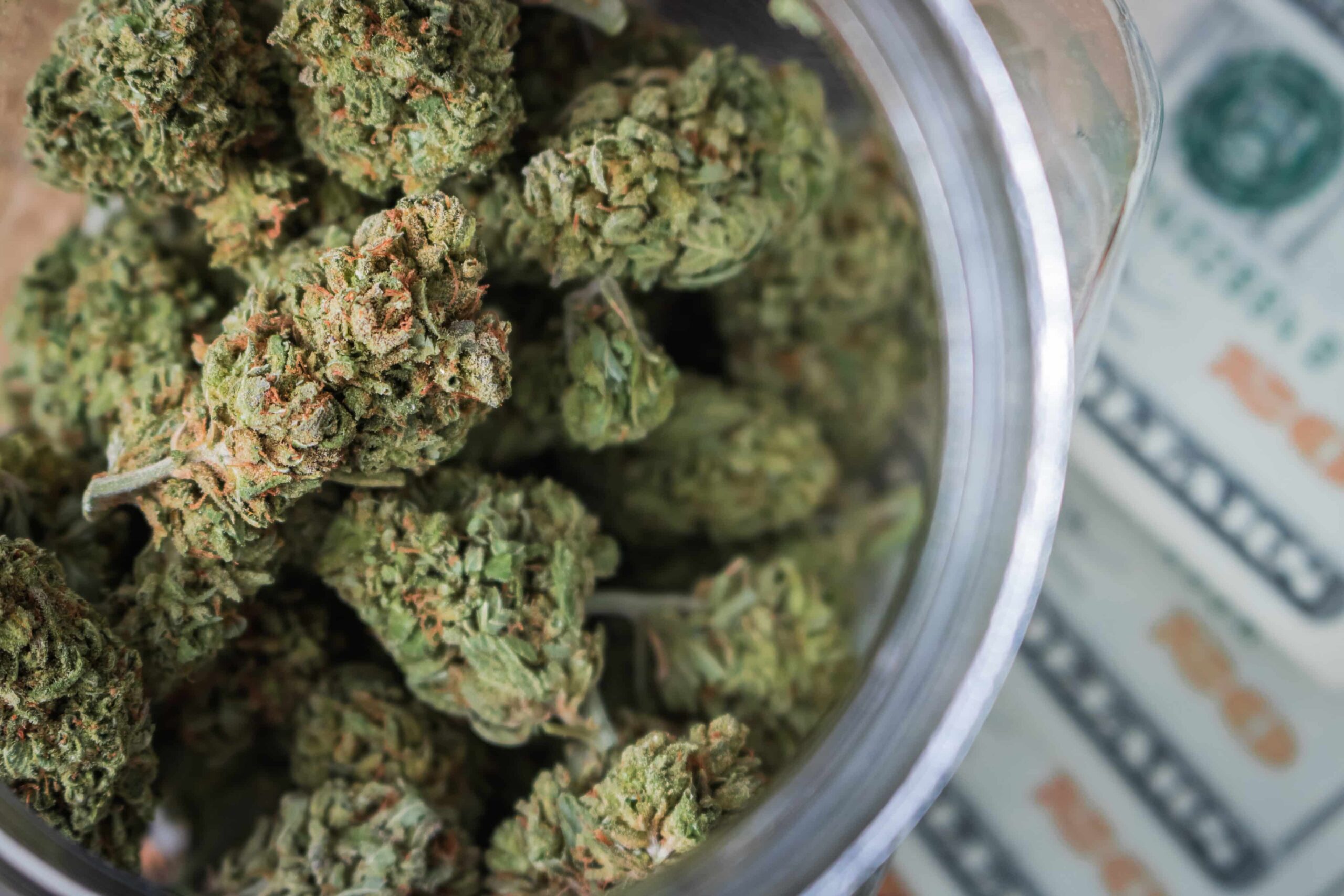
Only 24.4% of cannabis operators are profitable due to 280E and other challenges
A new report on the U.S. cannabis market is doing the rounds and paints a pretty bleak picture of where the industry is economically today: Only 24.4% of survey respondents said their business is profitable. High Times recently met with Beau Whitney, CEO of Whitney Economics, who led the economic analysis of the data identified in the survey, to get a fuller picture.
Not being able to “work from the high” hurts the cannabis economy
You may recall when the COVID-19 pandemic began in the spring of 2020, many states said cannabis was a vital industry that should not be shut down, and cannabis sales were booming. Unfortunately, post-pandemic behavior changes have taken their toll. “People couldn’t work with Stoned anymore,” which Beau said, “damaged the industry at a time when they needed more revenue, but.” [received] less.” While Whitney’s data showed that only 10 out of 36 state markets had no growth, “the growth is coming from states that are just forming, and while they are growing, it’s a much smaller portion of the overall cannabis market.” Among the 10 States that were not growing included large, mature markets such as Colorado, California, Oregon, and Washington.
Oregon: Regional Focus or Herald of the Future?
The report acknowledges that there was “strong regional bias” as nearly 90% of respondents were from Oregon. This means that of the 224 responses received, only 24 were from operators outside of Oregon. As any long-time observer of the cannabis markets will note, Oregon’s cannabis economy has been struggling so much for over half a decade that many cannabis growers have entered the hemp market. Living in Oregon, Beau is no stranger to the difficulties of the cannabis industry there, and made many attempts to control for regional bias in the responses they received by triangulating the data—using more than one data point.
“I do a lot of expert testimony and have done individual state-level investigations,” Beau said, so he knows, “Michigan is a mirror image of Oregon, with too much capacity, too much supply, and a strong illegal market.” Beyond his research Beau followed up the survey by “calling corporate leaders.” All of the data from states that were underrepresented in the survey “suggested that Oregon was a harbinger of things to come.”
Plans for next year’s survey
For the first two years, Whitney produced an annual report, but they’re trying to “move from an annual to a quarterly survey.” As a result, Beau said they will “probably reduce the number of questions.”
The reason Oregon-based operators were so heavily represented is because Oregon’s cannabis regulators sent the survey directly to their licensees. Aside from Oregon, Washington and, surprisingly, South Dakota were the only two states where they had such heavy regulatory involvement. Next year will be a different story. Beau now has closer ties with Michigan regulators, expects more support from Colorado regulators, and has better ties with business leaders in Florida; All states that had notable omissions in this year’s data. Beau also mentioned that “The Cannabis Regulators Association (CANNRA) sees much greater value in this data and supports me more than before,” and their support could help significantly expand his available data pool.
Necessary reforms to save the industry
The key factors limiting growth are IRS tax code 280E, “a lack of access to banking, a limited demand market since supply and demand are all in one state, and the influence of the illicit market.” Whitney’s survey data and Beau’s personal Research has uncovered some policy reforms that could save the cannabis industry. Beau’s key policy solutions are safe banking, which “reduces the cost of capital,” 280E reform that would cut “up to 70% of taxes in some cases,” and opening up interstate trade to address supply-demand imbalances . Beau conducted an analysis of 280E taxes earlier this year and found that “the cannabis industry paid $1.8 billion more in taxes than if it had been treated like any other company.”
Beau put it practically in a nutshell: “There is a threshold of economic viability that must be met to account for product sourcing, labor, and federal taxes.” He currently has that threshold set at about $2.5 million per year , but with the 280E reform, that threshold drops to $1.5 million, greatly increasing the odds of success. “The 280E is doing exactly what it was supposed to be doing when it was created 40 years ago,” Beau said, which was to make it impossible to run a business that profits from the sale of federally illegal drugs. Beau warns that while “it sounds murky and gloomy” and he doesn’t expect growth until the Federal Reserve cuts interest rates, the companies that survive “will thrive in 2025 when growth picks up steam again.”

Post a comment: